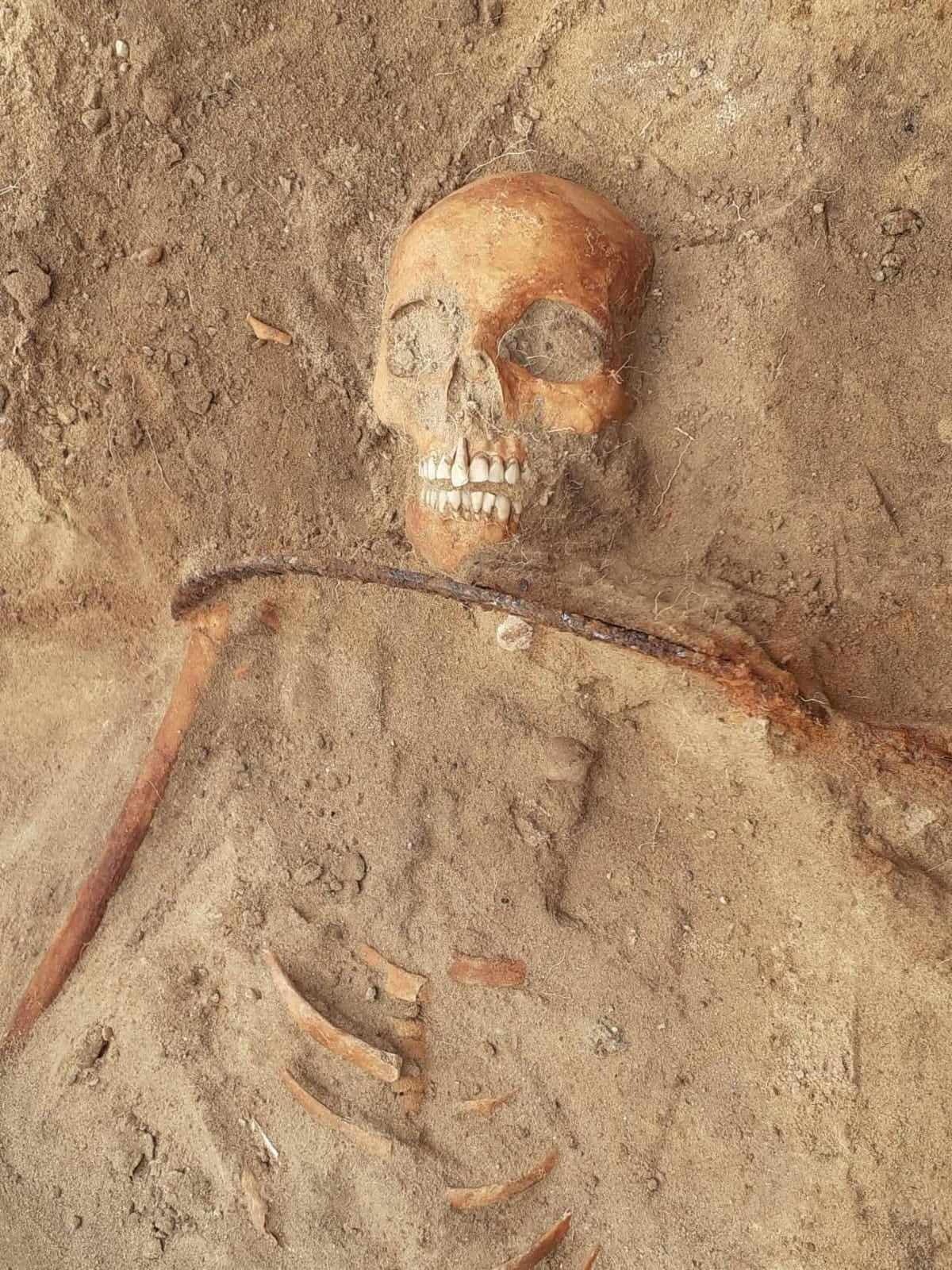Scientists bring face of 400-year-old ‘vampire’ back from the dead
Scentists say they want to bring Zosia back ‘as a human, and not as this monster that she is buried as’

Your support helps us to tell the story
From reproductive rights to climate change to Big Tech, The Independent is on the ground when the story is developing. Whether it's investigating the financials of Elon Musk's pro-Trump PAC or producing our latest documentary, 'The A Word', which shines a light on the American women fighting for reproductive rights, we know how important it is to parse out the facts from the messaging.
At such a critical moment in US history, we need reporters on the ground. Your donation allows us to keep sending journalists to speak to both sides of the story.
The Independent is trusted by Americans across the entire political spectrum. And unlike many other quality news outlets, we choose not to lock Americans out of our reporting and analysis with paywalls. We believe quality journalism should be available to everyone, paid for by those who can afford it.
Your support makes all the difference.A woman accused of being a vampire has been brought ‘back from the dead’.
Using DNA, 3D printing and modelling clay, a team of scientists has reconstructed Zosia’s 400-year-old face, revealing the human story buried by supernatural beliefs.
Buried with a padlock on her foot and an iron sickle across her neck, “Zosia” was never supposed to be able to come back.
Entombed in an unmarked cemetery in Pien, northern Poland, the young woman was one of dozens feared by her neighbours to have been a “vampire”.
“It’s really ironic, in a way,” said Swedish archaeologist Oscar Nilsson. “These people burying her, they did everything they could in order to prevent her from coming back from the dead... we have done everything we can in order to bring her back to life.”
Nilsson said he wanted to bring Zosia back “as a human, and not as this monster that she is buried as”.
Zosia, as she was named by locals, was found in 2022 by a team of archaeologists from Torun’s Nicolaus Copernicus University.

Aged 18-20 when she died, analysis of Zosia’s skull suggests she suffered from a health condition which would have caused fainting and severe headaches, as well as possible mental health issues, Nilsson said.
The sickle, the padlock and certain types of wood found at the grave site were all believed at the time to hold magical properties protecting against vampires, according to the Nicolaus Copernicus team.
Zosia’s was Grave No. 75 at the unmarked cemetery in Pien, outside the northern city of Bydgoszcz. Among the other bodies found at the site was a “vampire” child, buried face down and similarly padlocked at the foot.
Little is known of Zosia’s life, but Nilsson and the Pien team say items she was buried with point to her being from a wealthy, possibly noble, family.

The 17th century Europe she lived in was ravaged by war, something Nilsson suggests created a climate of fear in which belief in supernatural monsters was commonplace.
Nilsson’s recreation began with creating a 3D printed replica of the skull, before gradually building layers of plasticine clay “muscle by muscle” to form a life-like face.
He uses bone structure combined with information on gender, age, ethnicity and approximate weight to estimate the depth of facial features.
“It’s emotional to watch a face coming back from the dead, especially when you know the story about this young girl,” Nilsson says.
Join our commenting forum
Join thought-provoking conversations, follow other Independent readers and see their replies
Comments